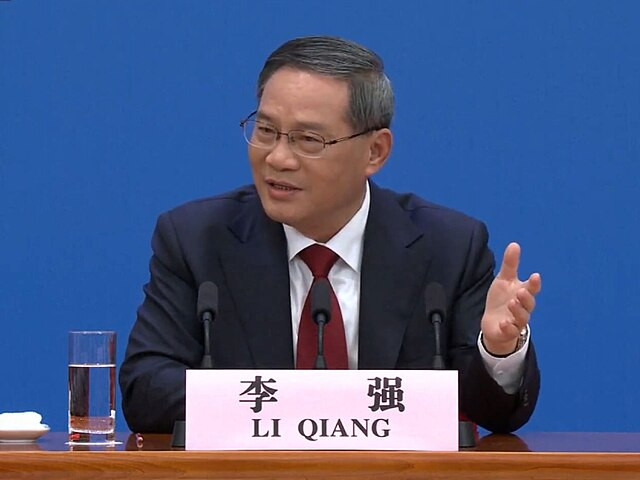In a pivotal address to the National People's Congress, Premier Li Qiang unveiled China's economic strategy for 2024, spotlighting technology advancements and a significant military budget hike. Despite setting a robust growth target of around 5%, the plan reveals a cautious approach towards the much-anticipated reforms sought by international investors and businesses.
The government's blueprint, aligning with President Xi Jinping's vision, emphasizes fortifying China's self-reliance in cutting-edge technologies amidst escalating Sino-US tensions. Yet, the lack of specific reformative measures has left the global business community yearning for more concrete action plans.
Amidst a backdrop of moderate fiscal expansions, the proposed 7.2% increase in military expenditure mirrors the preceding year's growth rate, signaling a continued emphasis on national security. This strategic financial allocation underscores Beijing's focus on safeguarding its technological and defense capabilities.
Li's rhetoric reiterated the commitment to propelling the nation towards technological autonomy, particularly in semiconductor development. However, the absence of an explicit reform agenda has raised eyebrows among foreign entities, with concerns about the opaque investment landscape persisting.
Critics argue that the outlined objectives, while ambitious, lack a tangible path to realization. The absence of a detailed strategy to liberalize key sectors such as telecommunications and healthcare has further fueled skepticism regarding China's pledge to foster an open economic environment.
The skepticism was echoed in market responses, as evident from the downturn in Hong Kong's stock market, particularly among tech giants. This reaction underscores the anxieties permeating investor sentiments, rooted in the uncertainties surrounding China's regulatory and economic landscape.
China's commitment to bolstering consumer spending through initiatives encouraging the adoption of electric vehicles and other modern appliances is a positive signal. However, the overarching challenge lies in translating these policy intentions into substantive economic momentum.
The substantial allocation for research and development, alongside strategic investments in key industrial sectors, paints a picture of a nation steadfast in its quest for technological sovereignty. Yet, the journey to achieving these lofty goals is fraught with complexities, especially given the tepid global demand forecasts that may dampen export contributions.
As China strides towards carbon neutrality, the outlined energy consumption reduction target and the emphasis on renewable energy development reflect a broader commitment to sustainable growth. Nevertheless, the path to actualizing these environmental objectives amidst economic headwinds remains an arduous one.
In conclusion, China's 2024 economic blueprint presents a vision of a nation at the cusp of technological and military advancements. Yet, the palpable absence of concrete reformative measures and a clear roadmap for liberalization poses significant questions about the feasibility of these ambitious targets. The global business community remains watchful, hopeful yet cautious, about the implications of China's strategic choices on the international economic and geopolitical landscape.






